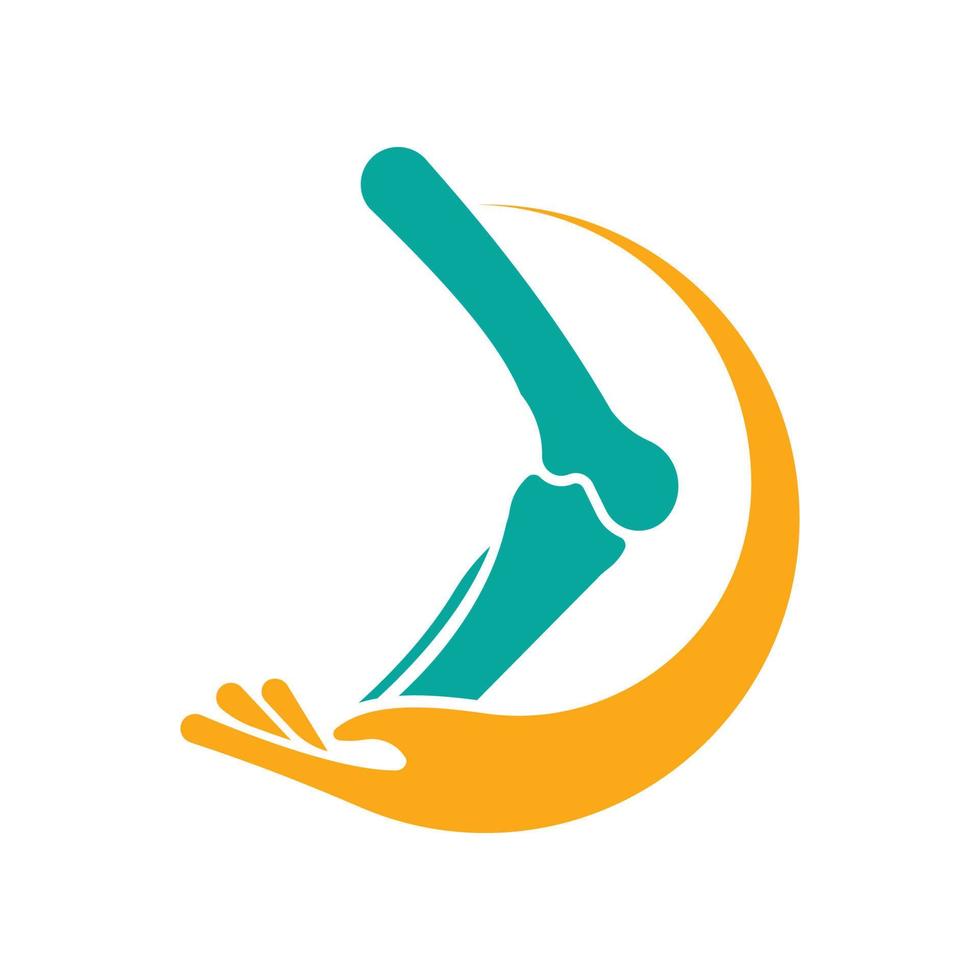+919819996745

This is your website preview.
Currently it only shows your basic business info. Start adding relevant business details such as description, images and products or services to gain your customers attention by using Boost 360 android app / iOS App / web portal.
Description
Pediatric Orthopedics focuses on the diagnosis, treatment, and management of musculoskeletal conditions in children and adolescents. Since children’s bones, muscles, and joints are still growing, orthopedic care for kids differs from adults in terms of growth patterns, bone structure, and healing processes. Here’s a comprehensive guide to pediatric orthopedics! 🦴👶 Common Pediatric Orthopedic Conditions Congenital Disorders (Present at birth): Hip Dysplasia: A condition where the hip joint doesn’t form properly, leading to a risk of dislocation. Clubfoot: A birth defect where the foot is turned inward. Congenital Limb Deficiencies: When a child is born with missing or shortened limbs. Syndactyly: Fused fingers or toes (webbed digits). Developmental Disorders (Occur during growth): Developmental Dysplasia of the Hip (DDH): This can occur when the hip socket doesn’t fully cover the ball part of the upper thigh bone, which can cause instability. Flat Feet: When the arch of the foot doesn't develop properly. Legg-Calvé-Perthes Disease: A condition that affects the hip joint, leading to a temporary loss of blood supply to the femoral head, which can result in joint collapse. Traumatic Injuries: Fractures: Kids can break bones during sports, play, or accidents. These might include growth plate fractures that affect the area where bones grow. Sprains and Strains: Common in active children, especially in the wrists, ankles, knees, and elbows. Scoliosis and Spinal Disorders: Scoliosis: An abnormal curvature of the spine, most commonly diagnosed during the growth spurt in adolescence. Kyphosis: Forward rounding of the back (sometimes seen in conditions like Scheuermann’s disease). Infections and Inflammatory Conditions: Septic Arthritis: An infection of the joint, often requiring prompt treatment to prevent joint damage. Osteomyelitis: Bone infection, which may be related to trauma or an underlying infection. Juvenile Idiopathic Arthritis (JIA): An autoimmune disorder causing joint inflammation. Overuse and Growth-Related Conditions: Osgood-Schlatter Disease: A condition that causes knee pain due to inflammation of the growth plate at the tibial tuberosity, typically in active children during their growth spurt. Sever’s Disease: Heel pain caused by inflammation of the growth plate in the heel. Sinding-Larsen-Johansson Disease: Pain in the knee due to irritation of the growth plate in the patella. Diagnosis of Pediatric Orthopedic Conditions Clinical Evaluation: Detailed medical history to understand symptoms and growth development. Physical examination: Checking for pain, range of motion, deformities, and gait abnormalities. Imaging: X-rays: The most common imaging tool to diagnose fractures, deformities, and joint problems. MRI/CT scans: Used to assess soft tissues, ligaments, cartilage, or complex fractures. Ultrasound: Sometimes used for joint or soft tissue evaluation (e.g., hip dysplasia or muscle tears). Specialized Tests: Gait analysis: To detect abnormal walking patterns that could be related to musculoskeletal disorders. Growth Plate Assessment: X-rays or advanced imaging can show how the bones are growing and whether there are any disruptions. Treatment Approaches in Pediatric Orthopedics 1. Conservative Management Physical therapy: To strengthen muscles, improve mobility, and reduce pain. Common for treating conditions like scoliosis, Osgood-Schlatter disease, and joint instability. Bracing: For conditions like scoliosis, hip dysplasia, or knee injuries, custom braces or casts can support healing or correct alignment. Pain management: Non-steroidal anti-inflammatory drugs (NSAIDs) for pain relief and inflammation reduction. Activity modification: In some cases, limiting or modifying physical activities can help avoid further injury. 2. Surgical Interventions Fracture Repair: Pediatric fractures, especially those involving growth plates, may require surgical intervention (e.g., pins, screws, or plates) to ensure proper healing. Spinal surgery: For severe cases of scoliosis or kyphosis, surgery may be needed to correct the spinal curve and prevent complications. Hip surgery: For conditions like hip dysplasia or Perthes disease, surgery (e.g., femoral osteotomy) may be necessary to correct the alignment of the hip joint. Tendon/Ligament Repair: In cases of significant injuries like ACL tears, children may undergo surgery to repair or reconstruct damaged tendons or ligaments. 3. Growth Plate and Limb Lengthening Growth plate surgery: If a fracture affects the growth plate and risks affecting bone growth, surgery may be needed to correct or guide the bone’s development. Limb lengthening: In rare cases where a child has a limb deficiency or deformity, a procedure called lengthening may be performed to promote bone growth and increase limb length. Prevention and Education in Pediatric Orthopedics Proper footwear: Ensuring children wear appropriate shoes for their activities, especially for those with flat feet or abnormal gait. Sports safety: Encouraging the use of protective gear during sports and teaching safe techniques to avoid overuse injuries. Posture education: Teaching children good posture habits to prevent spinal issues and muscle imbalances. Stretching and strengthening: To prevent injuries and improve flexibility, particularly in active children and teens. When to Seek a Pediatric Orthopedic Specialist Persistent pain that doesn’t improve with rest or basic care Difficulty moving a limb or joint, or limping Visible deformities or swelling after an injury Abnormal gait (walking pattern) or posture Growth-related issues: Concerns about a child’s growth or development (e.g., unequal leg lengths or spine curvatures) Injury from sports: Injuries that may involve ligaments, tendons, or fractures

